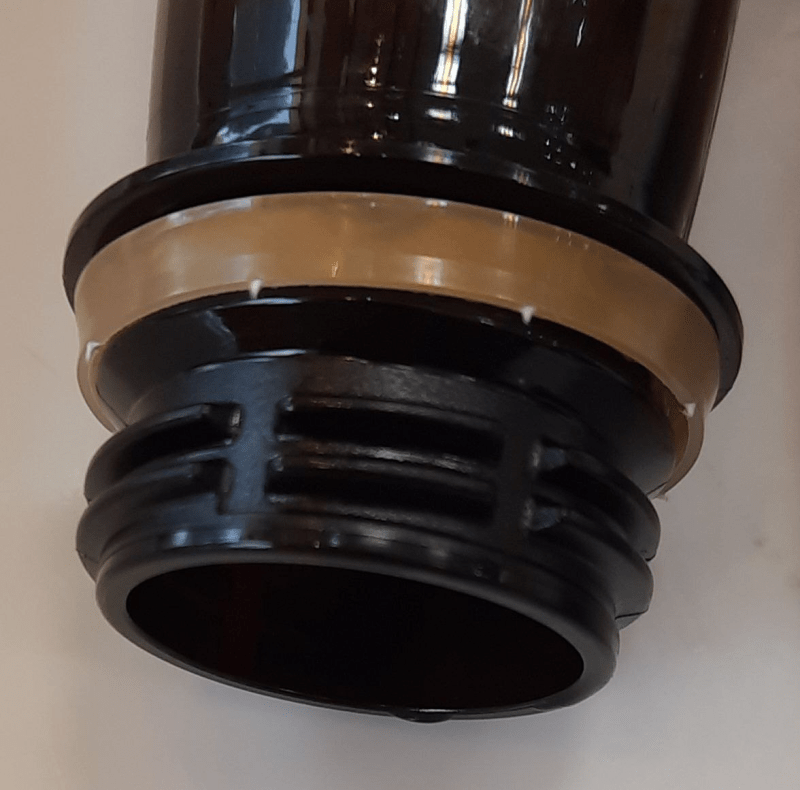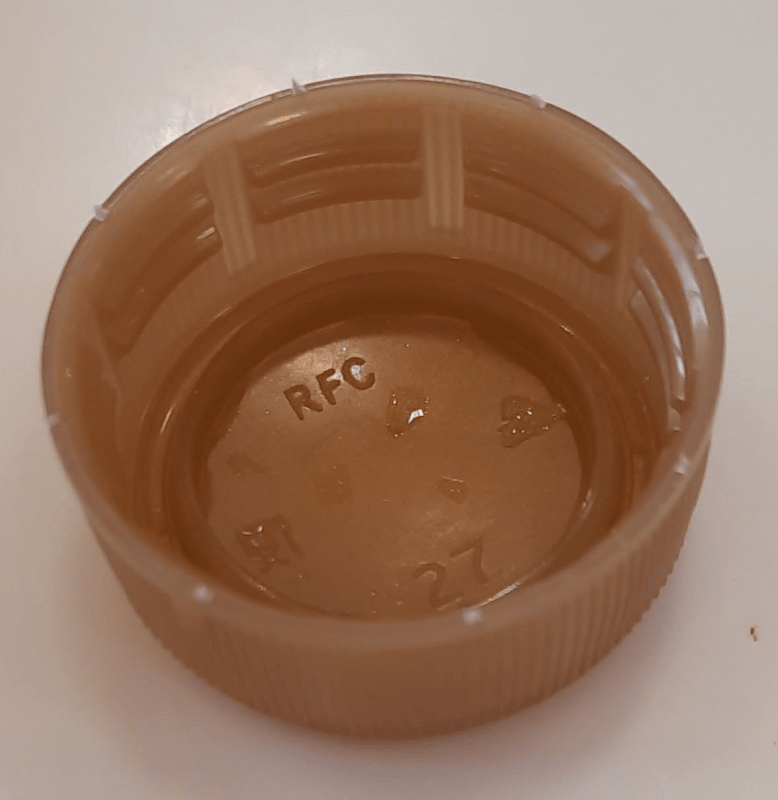McDermott1711
Mechanical
- Nov 17, 2010
- 318


Nothing is more fairly distributed than common sense: no one thinks he needs more of it than he already has. Rene Descartes
Follow along with the video below to see how to install our site as a web app on your home screen.
Note: This feature may not be available in some browsers.


MintJulep said:They let the pressure out as soon as the cap is turned enough to lift the seal.
